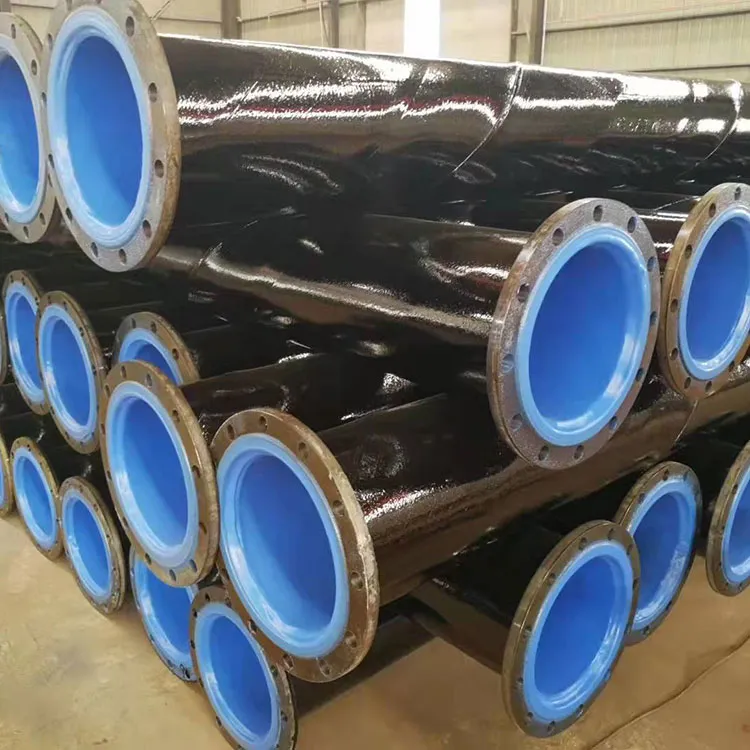

Rust-proofing steel pipes involves a series of steps to protect them from corrosion caused by moisture, oxygen, and other environmental factors.
Thoroughly clean the surface of the steel pipe to remove dirt, grease, rust, and any other contaminants. This can be done using a wire brush, sandpaper, or a chemical cleaner.
For heavy rust or stubborn contaminants, sandblasting can be an effective method to prepare the surface for coating.
Apply a zinc chromate primer or a rust-inhibiting primer to the cleaned surface. This primer will provide a barrier against corrosion and promote adhesion of the topcoat.

After the primer has dried, apply a rust-resistant paint or coating. There are various types of coatings available, including epoxy, polyurethane, and enamel-based paints. Choose a coating that is suitable for the specific environment and application of the steel pipe.
For added protection, consider applying multiple layers of paint or coating. This will create a thicker barrier against corrosion.
Galvanizing is a process where a protective zinc coating is applied to the steel pipe using a chemical reaction. This coating provides excellent corrosion resistance and can last for many years.
Powder coating is another effective method of rust-proofing steel pipes. It involves spraying a dry powder onto the pipe's surface and then baking it to form a hard, durable coating. Powder coating is available in various colors and textures and provides excellent corrosion resistance.

For steel pipes buried in the ground or exposed to harsh environments, cathodic protection can be used. This method involves applying a direct current to the pipe to create a negative charge, which attracts positively charged ions away from the pipe's surface, thus preventing corrosion.
Regularly inspect the steel pipes for signs of corrosion or damage. If necessary, touch up or repaint any areas that show signs of wear or exposure.
Where possible, control the environment around the steel pipes to minimize exposure to moisture, saltwater, and other corrosive agents. This can include installing drainage systems, using humidity controls, or providing protective covers or enclosures.
By following these steps, you can effectively rust-proof steel pipes and extend their service life. It's important to choose the appropriate method or combination of methods based on the specific needs and conditions of your application.
